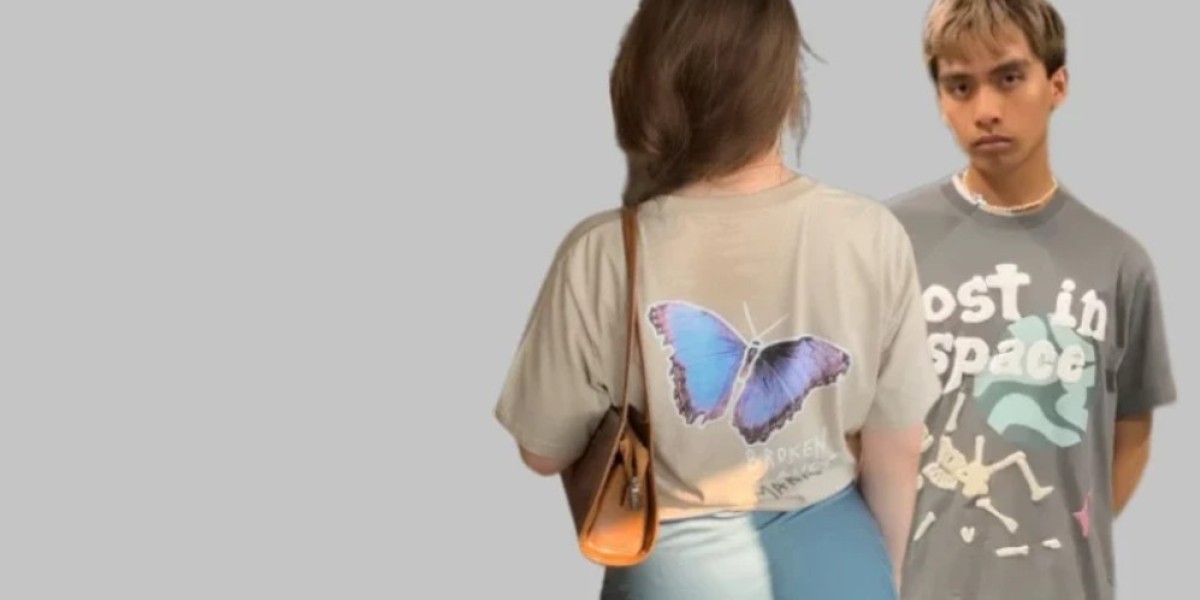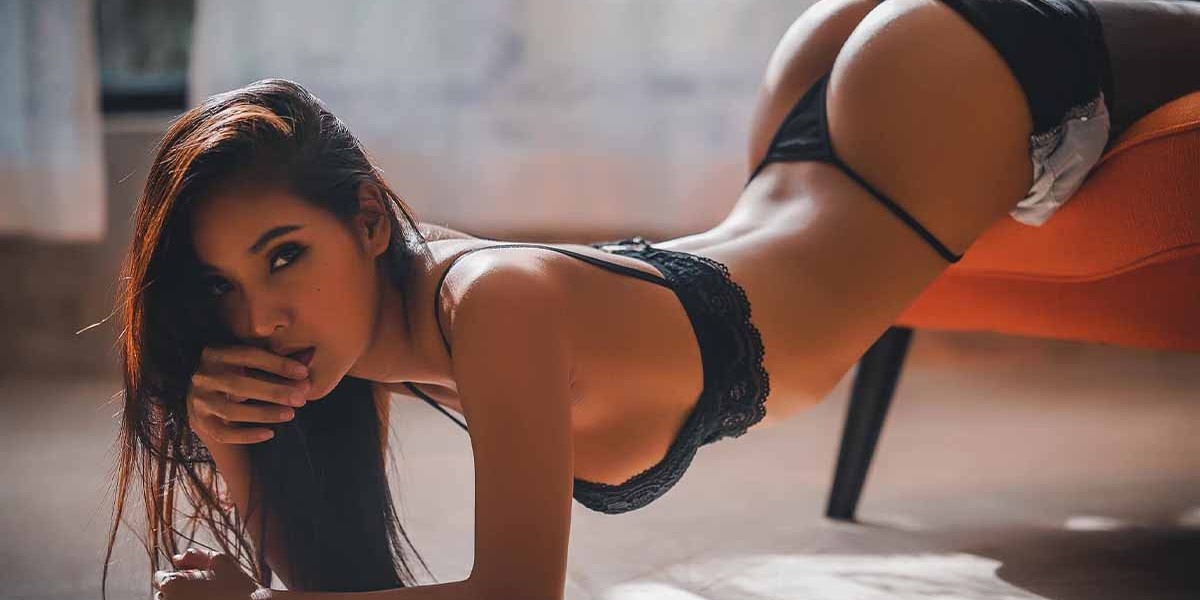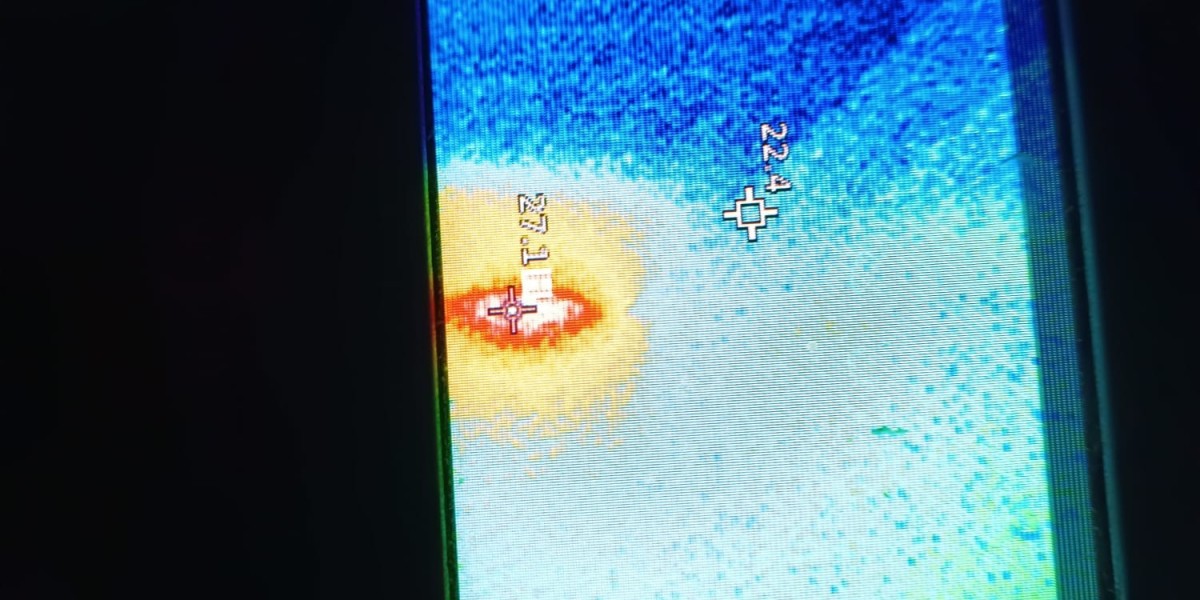From the humble beginnings of clothing in ancient civilizations to the high-tech, sustainable designs of the modern era, fashion's journey is a testament to our creativity and adaptability. Let's delve into this captivating chronicle of style and change, exploring how fashion has developed through the centuries.
Visit: Revenge Clothing
Ancient Beginnings: Function Meets Symbolism
In the earliest days of human civilization, clothing primarily served functional purposes, protecting individuals from the elements. However, even in these primitive times, garments were imbued with symbolism. In Mesopotamia, one of the world's earliest civilizations, people wore wool and linen garments adorned with intricate patterns that signified their status and identity. The use of natural dyes and elaborate designs indicated a sophisticated understanding of aesthetics and social hierarchy.
Ancient Egypt took fashion to another level, where clothing was not only practical but also deeply symbolic. The Egyptians used linen, prized for its coolness in the hot climate, to create garments that were often intricately pleated and adorned with precious stones and metals. Clothing distinguished social classes and conveyed religious and cultural values. Pharaohs and nobles wore finely woven fabrics and elaborate jewelry, while commoners dressed more simply but still adhered to cultural norms of appearance.
Classical Elegance: Draping and Democracy
The classical civilizations of Greece and Rome introduced the world to the art of draping. The Greeks, with their appreciation for balance and beauty, crafted garments like the chiton and himation, which flowed gracefully around the body. These garments were often made of wool or linen and were draped in various styles to reflect status, occasion, and even political alignment.
In Rome, the toga became a symbol of citizenship and status. Made from a single piece of cloth, the toga was draped in a complex manner that required practice and assistance to wear correctly. The color and quality of the toga indicated the wearer's social rank, with certain styles reserved for the elite and senators. Roman fashion, like that of the Greeks, emphasized both functionality and the display of civic pride and identity.
Medieval Fashion: Splendor and Structure
The medieval period saw fashion become a more structured and elaborate affair. Clothing was heavily influenced by the hierarchical nature of society. The nobility and royalty wore luxurious fabrics such as silk, velvet, and brocade, often adorned with intricate embroidery and jewels. Clothing was layered and voluminous, with long tunics, cloaks, and surcoats that conveyed wealth and power.
Sumptuary laws were introduced to regulate what people of different social classes could wear, ensuring that one's attire reflected their societal status. The lower classes wore simpler, practical clothing made from wool and linen, but even these garments were subject to local customs and regulations. The Gothic period introduced pointed shoes, elaborate headwear, and more structured garments, reflecting the era's architectural and artistic styles.
Renaissance Revival: Art and Individualism
The Renaissance was a period of cultural and artistic revival, and fashion reflected this renewed emphasis on individualism and humanism. Tailoring became more sophisticated, and garments were designed to enhance the human form. The use of rich fabrics like silk, satin, and velvet became widespread, and clothing was often adorned with intricate lace, embroidery, and jewels.
Italian city-states like Florence and Venice became fashion hubs, influencing styles across Europe. The doublet, hose, and elaborate gowns of the period showcased the wealth and refinement of the wearer. Fashion became an art form, with designers experimenting with new cuts, colors, and fabrics to create stunning visual effects. The Renaissance also saw the rise of fashion as a means of personal expression, with individuals using clothing to convey their tastes and status.
Industrial Revolution: Fashion for the Masses
The Industrial Revolution brought profound changes to the fashion industry. Technological advancements in textile production and sewing transformed clothing from a handcrafted luxury to a mass-produced commodity. The invention of the spinning jenny, the power loom, and the sewing machine enabled faster and cheaper production of fabrics and garments.
This era marked the beginning of ready-to-wear fashion, making stylish clothing accessible to a broader audience. Department stores emerged, offering a variety of fashionable goods to the middle class. Victorian fashion, characterized by its elaborate and modest styles, reflected the values and norms of the time. Women's fashion included corsets, hoop skirts, and intricate lace, while men wore tailored suits, waistcoats, and top hats. The industrial era democratized fashion, but distinctions in quality and style still highlighted social differences.
20th Century: Innovation and Individuality
The 20th century witnessed a series of fashion revolutions, each reflecting broader societal changes. The early decades saw the flapper dress of the 1920s, symbolizing women's liberation and a break from traditional norms. This era marked the rise of fashion as a form of self-expression and social commentary.
The mid-century brought the glamour of Hollywood, influencing everyday fashion with styles inspired by movie stars. Christian Dior's "New Look" in the 1950s, with its cinched waist and full skirt, epitomized post-war elegance and femininity. The 1960s and 70s were decades of radical change, with youth culture driving trends. The mod movement introduced bold colors and geometric designs, while the hippie movement embraced free-spirited, bohemian styles.
Late 20th Century to Present: Digital and Sustainable Fashion
The late 20th century and early 21st century have been defined by rapid technological advancements and a growing awareness of sustainability. The rise of fast fashion brands made trendy clothing affordable and accessible, but also raised concerns about environmental impact and labor practices.
The digital revolution transformed the fashion industry, with social media platforms like Instagram and TikTok allowing for instant trendsetting and global reach. Virtual fashion shows and e-commerce have redefined how we engage with fashion, making it more interactive and personalized. At the same time, there is a growing movement towards sustainable fashion, with consumers and brands focusing on eco-friendly materials, ethical production, and circular fashion models.
Fashion as a Reflection of Society
Throughout history, fashion has been a powerful reflection of societal values, technological advancements, and cultural shifts. It captures the essence of its time, from the grandeur of ancient civilizations to the fast-paced, digital world of today. Fashion is not just about clothing; it is a form of art, a means of communication, and a way to express individual and collective identities.
In conclusion, the evolution of fashion is a testament to human creativity, adaptability, and the desire for self-expression. As we move forward, let us celebrate the diversity and innovation that fashion brings to our lives, while also embracing the responsibility to create a more sustainable and inclusive industry. Fashion will continue to evolve, reflecting and shaping the world we live in.
Visit: Broken Planet Hoodie








